AgentOps helps developers see inside their AI agents by logging every prompt, action, and cost. This review explains how it works, its features, setup, and why it’s becoming the go-to debugging tool for AI developers.
How to Use External Links Without Hurting Your SEO Rankings
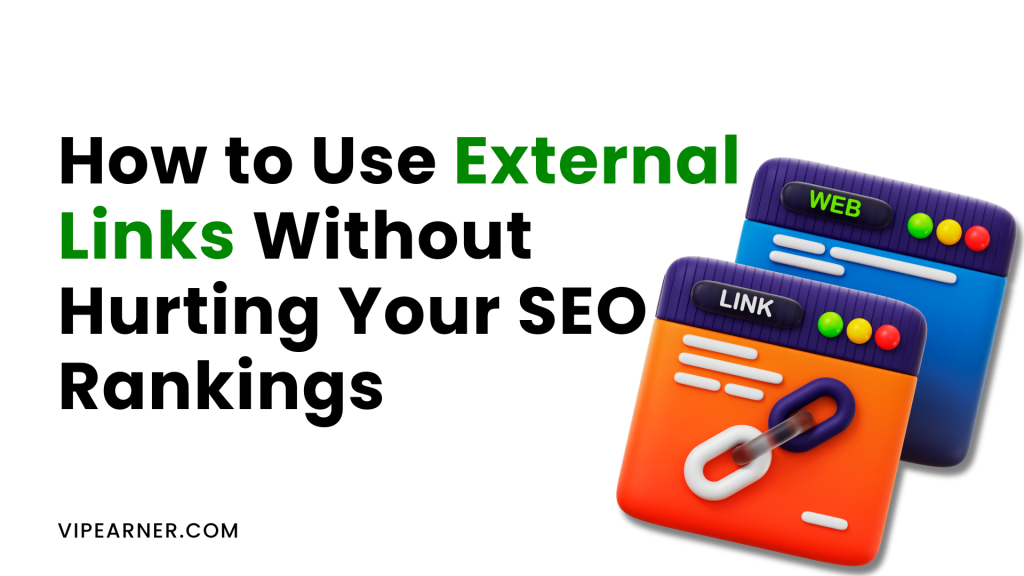
External links, the digital bridges connecting websites across the vast internet landscape, play a crucial role in enhancing user experience and search engine optimization. According to Moz, these hyperlinks point to domains other than the one where the link exists, serving as valuable pathways for users to discover additional information and for search engines to understand a website's context and relevance.
Choosing the Right External Links
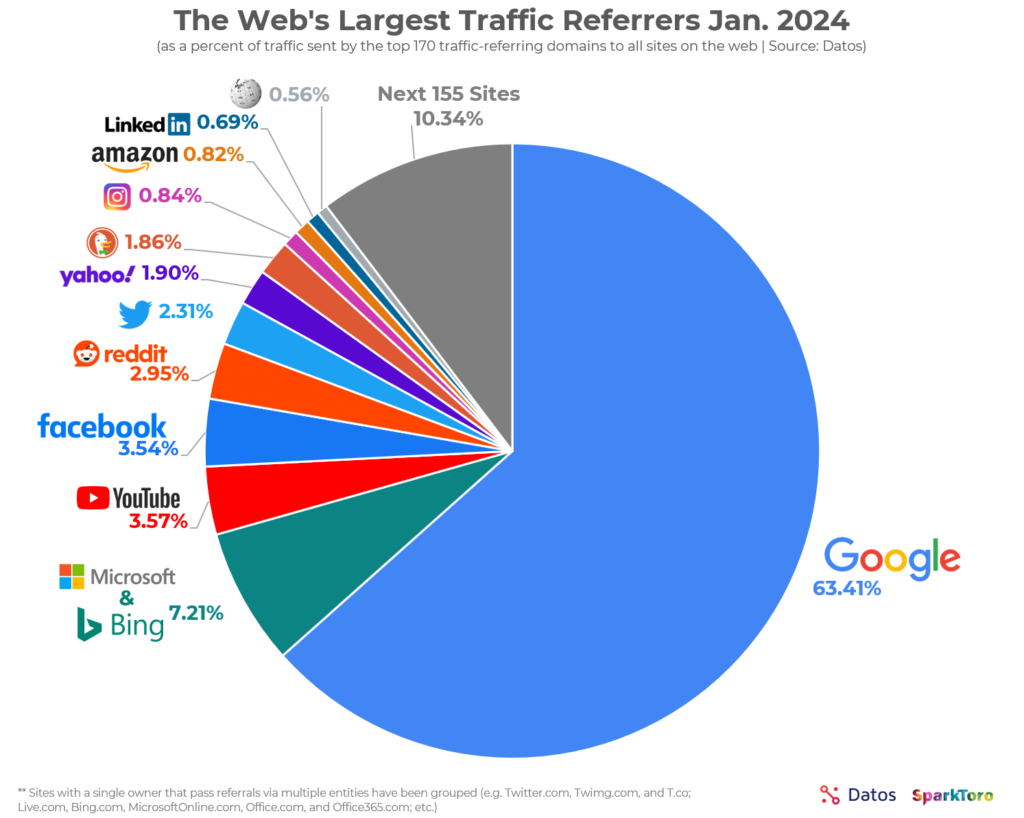
Who Sends Traffic...
Choosing the right external links is like building a network of trustworthy friends - you want to associate with reliable, credible sources that enhance your reputation. Just as you'd be cautious about introducing a sketchy acquaintance to your social circle, you should be selective about the websites you link to in your content 1.
When selecting external links, consider these guidelines:
- Link to authoritative, trustworthy sites like government websites (.gov domains), educational institutions (.edu domains), and reputable news outlets.
- Ensure the source is up-to-date and relevant to your content.
- Avoid linking to spammy, low-quality, or unverified sites that could harm your credibility.
- Be cautious about linking to direct competitors unless it truly adds value to your readers.
While Wikipedia can be a great starting point for research, it's not always considered a reliable primary source. Instead, use Wikipedia to find original sources cited in its articles, and link to those instead 3. Remember, the quality of your external links reflects on your own content's credibility, so choose wisely to build a network of valuable digital connections.
When and Where to Link
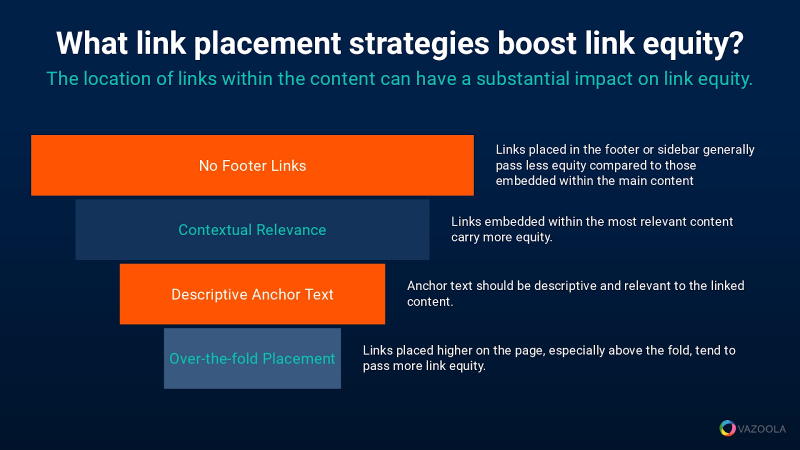
How to Use Link...
External links are like seasoning in a recipe - use them wisely to enhance your content without overwhelming it. The key is to add links that provide value and support your points, rather than cluttering your page with unnecessary distractions.
When to link:
- Use external links to back up claims or statistics. For example, if you're discussing the benefits of exercise, you might link to a reputable health organization's study on the topic.
- Link to additional resources that dive deeper into a subject you've briefly mentioned.
- Provide references for definitions or complex concepts that readers might want to explore further.
Where to link:
- Place links where they naturally fit within your content's flow. Think of them as helpful signposts guiding your readers to more information.
- Incorporate links into the main body of your text, rather than clustering them at the end of paragraphs or sections.
Anchor text best practices:
- Use descriptive, relevant anchor text that gives readers a clear idea of what they'll find if they click. For instance, instead of "click here," use "study on exercise benefits".
- Keep anchor text concise - aim for 2-5 words that accurately describe the linked content.
- Vary your anchor text to avoid repetition and maintain a natural writing style.
User experience considerations:
- Don't make readers jump through hoops to access important information. If something is crucial to understanding your content, include it directly rather than linking out.
- Aim for a balance - too few links might leave readers wanting more, while too many can be distracting. A good rule of thumb is 1-2 external links for every 500 words of content.
- Consider using a visual indicator for external links, like a small icon, to set clear expectations for your readers.
Remember, the goal is to enhance your readers' experience and provide additional value. As SEO experts at SE Ranking suggest, "When done properly, outbound linking will improve user experience and search engine rankings, making your website more credible and authoritative" 4. By thoughtfully placing relevant, valuable external links within your content, you're not only helping your readers but also potentially boosting your site's SEO performance.
External Linking SEO Tips

8 Ways to Use...
External linking is like introducing your website to new friends at a digital party. When done right, it can boost your SEO and make your site more popular with search engines. But like any good party, there are some rules to follow to keep things fun and avoid any awkward situations.
Search engines view external links as votes of confidence for the linked content. It's like saying, "Hey, this other site has some cool stuff you might want to check out!" This can help both your site and the one you're linking to. However, too many links or links to sketchy sites can make search engines raise an eyebrow.
Now, let's talk about "dofollow" and "nofollow" links. Think of "dofollow" links as full endorsements. They pass on SEO juice (aka PageRank) to the linked site. "Nofollow" links, on the other hand, are more like casual mentions. They don't pass on SEO benefits but can still be useful for your readers.
PageRank is Google's way of measuring how important a webpage is. It's like a popularity contest, where links are votes. The more quality links a page has, the higher its Page Rank.
Here are some best practices to keep your external linking game strong:
- Use "dofollow" links for reputable sources you trust. It's like giving them a thumbs up.
- Consider using "nofollow" for sponsored content or links you're not 100% sure about. It's a way to say, "Check this out, but I'm not vouching for it."
- Make external links open in a new tab. This keeps visitors on your site while letting them explore new content.
- Don't go overboard with link exchanges. It's like swapping party invites just to look popular – search engines can spot that.
- Avoid linking out too much. It's like introducing everyone at the party to everyone else – it gets confusing and dilutes your own authority.
Remember, good external linking is about providing value to your readers while building your site's credibility. So link wisely, and watch your digital party thrive!
Crediting Your Sources

Citation: How to...
Properly attributing and citing sources is like giving a shout-out to the brilliant minds whose ideas you're borrowing. It's not just about avoiding plagiarism; it's about building credibility and showing respect for the intellectual property of others 1.
When you're linking to external sources, think of it as inviting an expert to your digital dinner party. You want to introduce them properly and give them credit for their contributions. Here's how to do it right:
- Always credit the original source: When you're referencing someone else's ideas or research, make sure to mention their name and link to their work. For example, "According to Dr. Jane Smith's study on digital marketing trends..."
- Use blockquotes for direct quotes: If you're copying someone's words verbatim, set them apart with blockquote formatting. It's like putting quotation marks around spoken words - it clearly shows where their words begin and end.
- Link to primary sources: Whenever possible, prioritize linking directly to original studies, research papers, or authoritative content rather than relying on secondary interpretations. This ensures your readers can verify the information themselves and explore further if they wish. By connecting your audience with primary sources, you enhance the depth and reliability of your content while fostering transparency in your reference.
- Be specific with your attributions: Instead of vague phrases like "experts say," name the specific expert or organization. For instance, "The World Health Organization reports that..."
- Use signal phrases: These are like verbal cue cards that tell your readers you're about to reference someone else's work. Examples include "According to...", "As stated by...", or "Research conducted by... suggests..."
Here's an example of a well-attributed link:
Ethical writing is essential not only for avoiding plagiarism but also for ensuring clarity and fairness in communication. These practices enhance both the credibility and persuasiveness of a writer's argument, as outlined in Purdue OWL's guide on avoiding plagiarism. By following these principles, writers can maintain integrity while fostering trust among their audience.
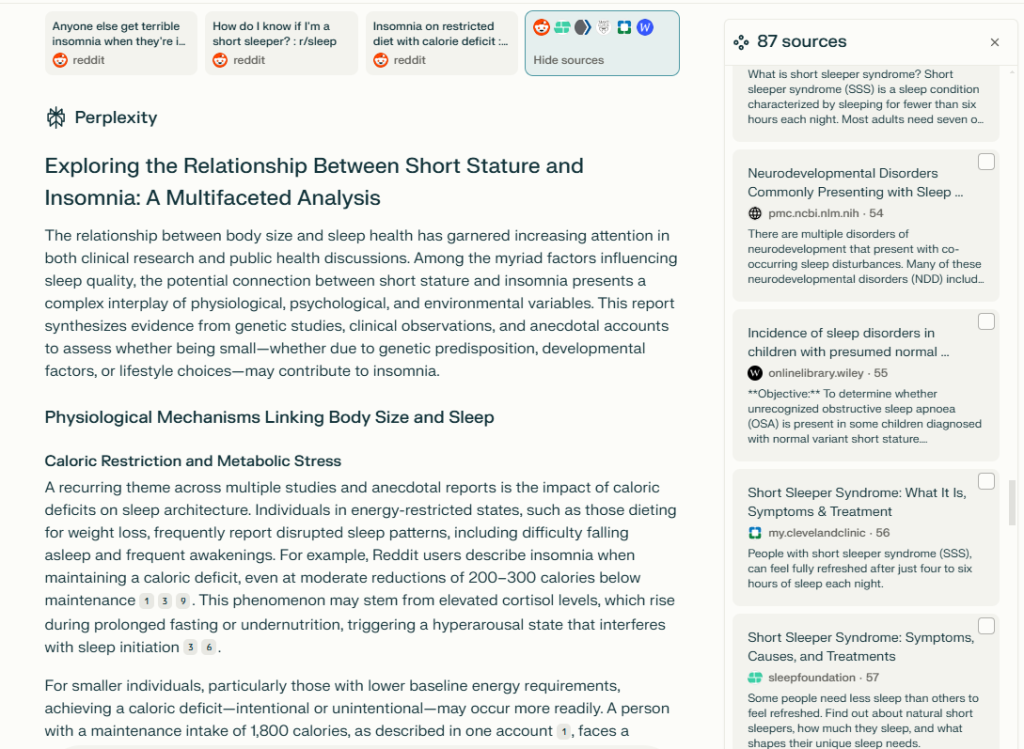
Remember, proper attribution isn't just about following rules - it's about contributing to a culture of intellectual honesty and respect. By giving credit where it's due, you're not only protecting yourself legally but also building trust with your readers and acknowledging the collaborative nature of knowledge creation4.
Avoid these common pitfalls:
- Don't copy-paste content without attribution. It's like wearing someone else's clothes and pretending they're yours - not cool and easily spotted.
- Steer clear of linking to vague or indirect sources. If you can't find a reliable primary source for a claim, it might be worth reconsidering whether to include that information at all.
By following these guidelines, you're not just avoiding ethical pitfalls - you're also strengthening your own work by showing that it's built on a foundation of credible sources and rigorous research. It's a win-win for you and the broader academic community 5.
Properly attributing and citing sources is like giving a shout-out to the brilliant minds whose ideas you're borrowing. It's not just about avoiding plagiarism; it's about building credibility and showing respect for the intellectual property of others 1.
SEO-Friendly Linking Tips
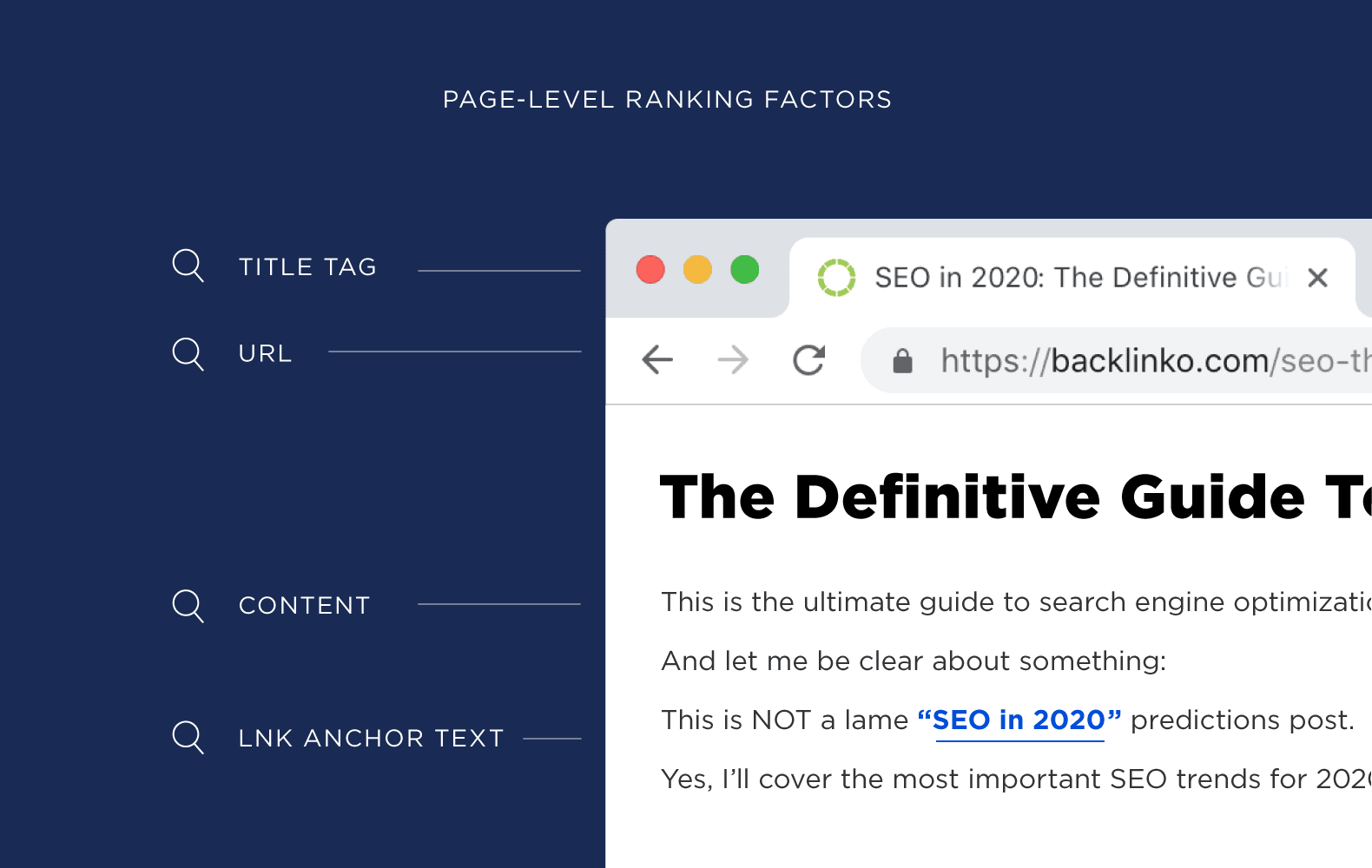
How to Create...
External links are like digital handshakes between websites, and search engines pay close attention to these connections. When you link to high-quality, relevant sources, it's like giving a thumbs-up to search engines, signaling that your content is well-researched and trustworthy 1. However, linking to spammy or irrelevant sites can have the opposite effect, potentially harming your SEO efforts 2.
Understanding "dofollow" and "nofollow" links is crucial for effective external linking. "Dofollow" links are the default and pass SEO value to the linked site, while "nofollow" links include a special tag that tells search engines not to pass this value 3. Use "dofollow" links for reputable sources you want to endorse, and consider "nofollow" for sponsored content or user-generated links 4.
Remember, a balanced mix of both types creates a natural link profile 4. When adding external links, make them open in a new tab to keep visitors on your site while exploring new content. Avoid excessive linking or participating in link exchanges solely for SEO purposes, as these practices can dilute your site's authority and may be viewed negatively by search engines 5.
Check Your Links Regularly
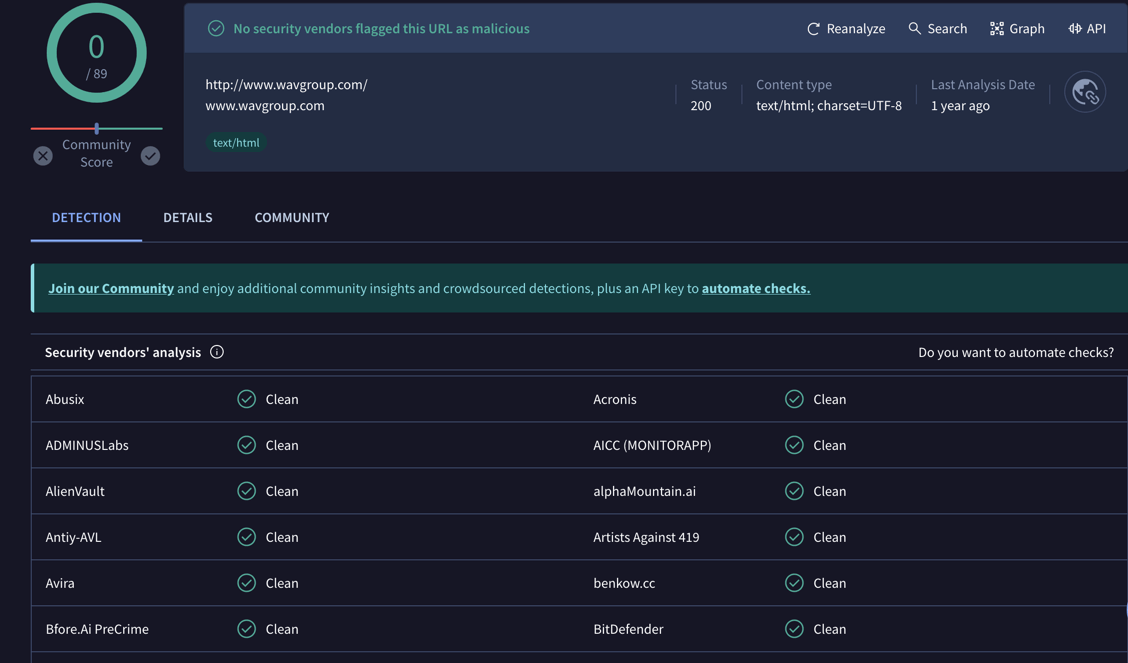
Use a Link Checker...
Regularly monitoring and maintaining your external links is more than just resolving technical issues – it ensures your content remains valuable, relevant, and trustworthy for your audience. This ongoing maintenance is essential for preserving strong web connections, which play a critical role in supporting your site's long-term success.
By keeping these connections intact and functional, you enhance both user experience and search engine rankings. Strong web connections allow users to seamlessly navigate through valuable resources while reinforcing your site's credibility in the eyes of search engines.
Conclusion
External linking is like building a network of trusted friends for your website. When done right, it enhances your credibility, improves user experience, and boosts your SEO 1 2. Remember these key points:
- Link to authoritative, relevant sources that add value to your content
- Use descriptive anchor text and place links naturally within your text
- Regularly audit and maintain your links to keep them fresh and functional
- Always give credit where it's due by properly attributing sources
Good linking practices are all about building trust with both your readers and search engines 3. By providing valuable connections to reputable sources, you're not just improving your site's SEO - you're creating a better, more informative experience for your visitors 4.
So go forth and link responsibly! Think of yourself as a digital curator, carefully selecting the best resources to enrich your content. Just remember - with great linking power comes great responsibility. Now, get out there and start building those web connections like the savvy digital librarian you are!

